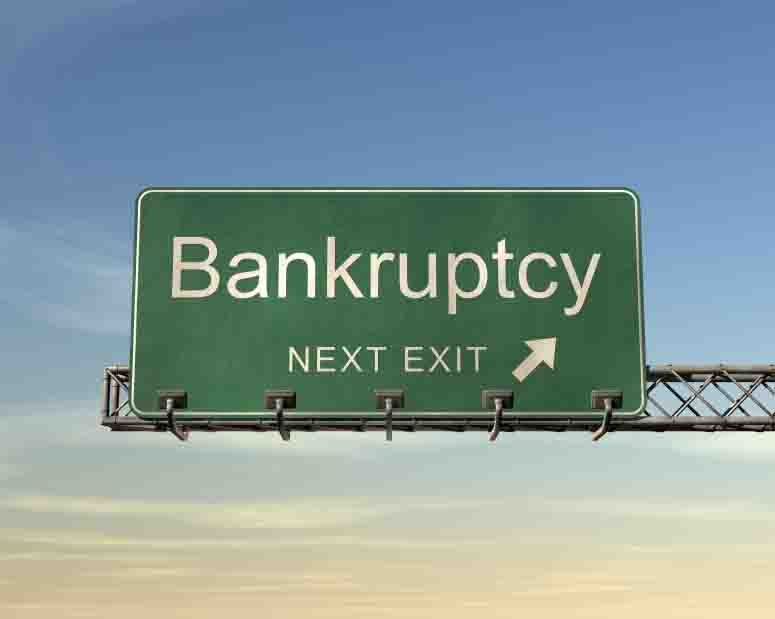In the course of my work as a Colorado bankruptcy attorney, I find that there are a lot of common misconceptions that consumers have about personal bankruptcy. Unfortunately, these misconceptions can sometimes cause consumers to make the wrong financial choice, resulting in needless expenses and personal difficulties. Here are the five most common “myths” I’ve found surrounding the topic of bankruptcy:
Myth #1: When someone files bankruptcy, they will lose everything. It’s a popular notion that bankruptcy requires consumers to hand over all of their assets to their creditors. However, most people keep all of their property after bankruptcy. This is because most states have long lists of assets that are exempt from liquidation during bankruptcy. Common bankruptcy exemptions include home equity, vehicle, retirement account, family heirlooms (including jewelry), tools necessary for work, household goods, clothing, etc.
Myth #2: Bankruptcy is “bad.” Many consumers automatically reject bankruptcy as an option because of the negative feelings they have towards the concept. While it might seem like bankruptcy is something our society objects to, the truth is that it provides much-needed resiliency for our economy and its participants. This is perhaps most evident in the many famous people that have been bankrupt. Former U.S. Presidents Abraham Lincoln, Thomas Jefferson, and Harry Truman were all bankrupt at one point in their lives, as was famous American author Mark Twain. Twentieth-century business icons Henry Ford and Walt Disney also declared bankruptcy before going on to create two of the world’s most successful corporations.
Myth #3: Bankruptcy solves all financial problems. While it’s true that bankruptcy can help a consumer gain control of his or her finances, it’s not a cure-all solution for financial problems. While some consumers experience a once-in-a-lifetime event that causes them to file bankruptcy (such as a death in the family, a business failure, medical problem, etc.), other consumers are forced to file because they have bad financial habits. Bankruptcy is a tool that consumers can use to get their financial life back under control, but it’s not a cure for bad money habits or poor financial choices. When filing bankruptcy, consumers need to recognize why they need to file in the first place.
Myth #4: Bankruptcy is a financial “trick.” Some people think of bankruptcy as some sort of financial trickery that businesses and consumers use to avoid creditors. However, I often find these people don’t know that bankruptcy is a right provided by the U.S. Constitution. Much like freedom of speech and freedom of the press, bankruptcy rights are essential to a free society. Without the right to file bankruptcy, the founding fathers believed that banks and creditors would have too much power over consumers.
Myth #5: Filing bankruptcy ruins personal credit for years. It’s commonly believed that filing bankruptcy means that a consumer won’t be able to get credit again until seven years have passed. However, many people experience an increase in their credit score after filing bankruptcy. Additionally, many lenders and creditors specialize in working with people fresh out of bankruptcy, and it’s not uncommon for recent bankruptcy filers to receive credit immediately after their bankruptcy is discharged. Granted, these offers of credit may come at a higher interest rate than before bankruptcy, but they do help recent bankruptcy filers get re-established.
Bankruptcy isn’t a magical cure for all financial problems, but it does often make sense for individuals in financial distress. If you or someone you know is considering filing for bankruptcy, be sure that they contact a bankruptcy lawyer to discuss their options. Only by educating ourselves about our legal rights can we make smart financial decisions.


Leave a Reply